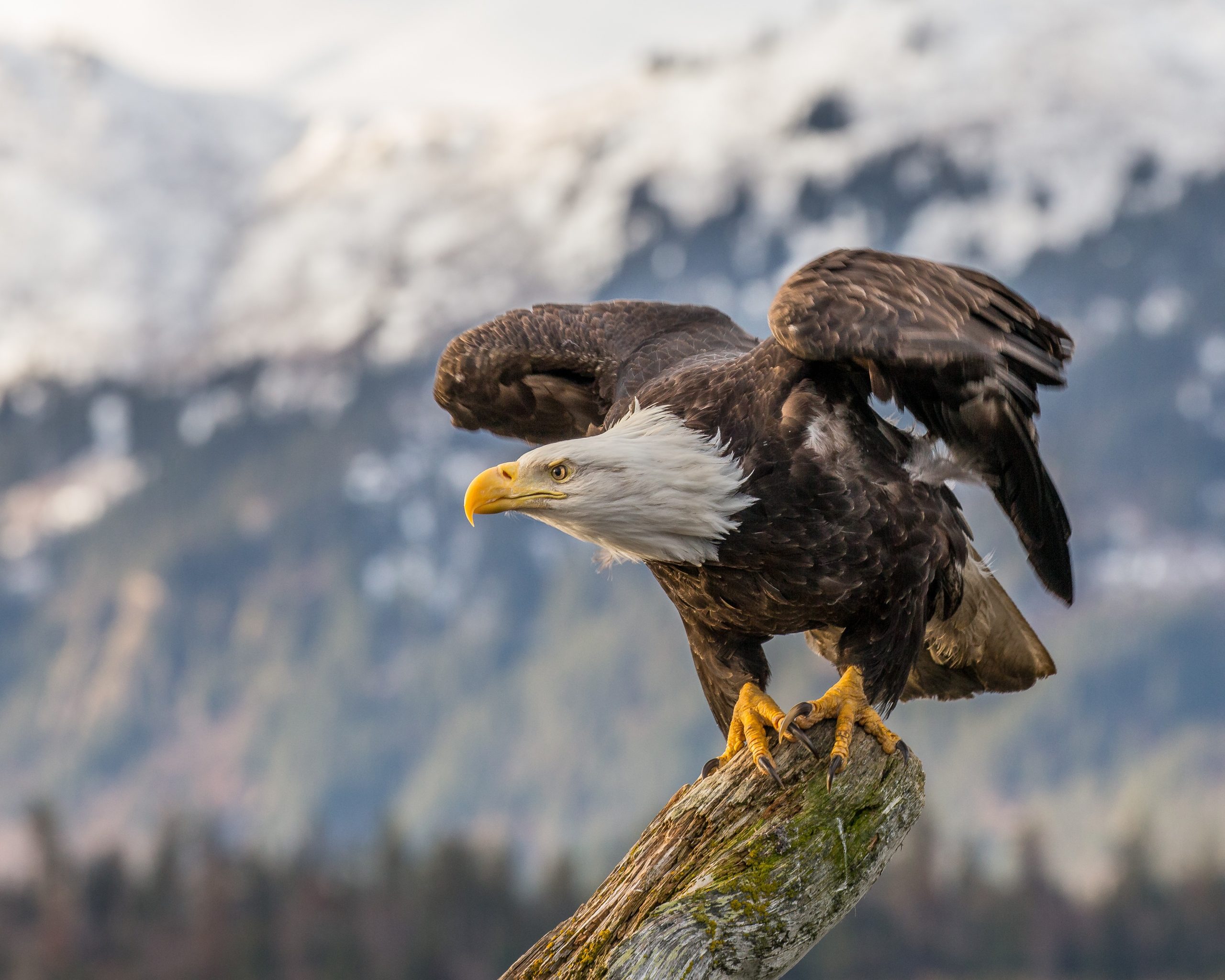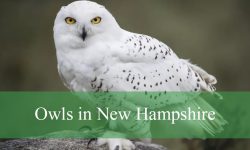Eagles in Georgia are a thrilling sight for birdwatchers and nature lovers alike. With their broad wingspans, fierce hunting skills, and striking silhouettes, these birds of prey bring wild beauty to the state’s skies. Once endangered and rarely seen, Eagles in Georgia are now making a strong comeback thanks to decades of focused conservation efforts.
Georgia is home to two remarkable species of eagles: the well-known Bald Eagle and the more elusive Golden Eagle. Each has its own distinct appearance, behavior, and preferred habitat. Spotting either of these raptors in the wild is a special experience, but understanding how to properly identify them makes it even more rewarding. The growing presence of Eagles in Georgia has also sparked interest among photographers and researchers throughout the region.
This article will explore both types of eagles found in Georgia, with detailed identification tips and pictures to guide you. From coastal wetlands to mountainous forests, various parts of the state provide excellent opportunities to observe these powerful birds in action. Learning where and when to look for Eagles in Georgia can open the door to unforgettable wildlife encounters.
Different Types of Eagles Found in Georgia
Bald Eagle (Haliaeetus leucocephalus)

The Bald Eagle is one of North America’s most iconic birds, well known for its striking appearance and symbolic significance. It is the national bird and symbol of the United States, instantly recognizable by its white head and tail that contrast dramatically with a dark brown body and wings. This bird is a large raptor with a powerful build, a massive yellow hooked beak, and strong talons perfectly adapted for catching fish—its primary food source. Adult Bald Eagles typically reach a length of 28 to 40 inches, with a wingspan ranging from 6 to 7.5 feet. They can weigh between 6.5 to 14 pounds, with females generally being larger than males.
In terms of identification, Bald Eagles go through distinct plumage changes as they mature. Juvenile eagles are mostly dark brown with irregular white mottling throughout their body, wings, and tail. They lack the iconic white head and tail until they reach full adult plumage at around five years of age. Their beak and eyes also shift from dark to bright yellow with maturity. In flight, they exhibit long, broad wings held flat like a plank, which helps distinguish them from other raptors. Their slow, steady wingbeats and soaring behavior are also helpful identification traits.
Bald Eagles are known for their opportunistic feeding behavior, although they specialize in catching fish. They may also consume birds, small mammals, and carrion, especially during winter when fish are less accessible. These eagles build enormous nests, called eyries, which can reach over 8 feet wide and weigh more than a ton. These nests are usually placed high in tall trees near water sources like lakes, rivers, and coastal shorelines. Mated pairs often return to the same nest year after year, adding new material and enlarging it annually.
In Georgia, Bald Eagles are considered a year-round resident species. Their numbers increase in the colder months due to the arrival of wintering populations from northern states. They are most commonly seen around large reservoirs, major rivers such as the Savannah and Chattahoochee, and coastal regions. Active nesting sites have been documented throughout the state, especially in areas with abundant aquatic life. Thanks to ongoing conservation efforts and legal protections, Georgia’s Bald Eagle population has made a strong recovery in recent decades and continues to expand.
Golden Eagle (Aquila chrysaetos)

The Golden Eagle is one of the largest and most powerful birds of prey in the Northern Hemisphere. It is admired for its agility and strength in flight and is a symbol of wild and remote landscapes. Unlike the Bald Eagle, the Golden Eagle is less commonly seen in Georgia, making it an exciting sighting for birders. This majestic raptor is covered in rich, dark brown feathers with golden-bronze plumage on the nape of its neck, giving it its name. Adult Golden Eagles are large, measuring about 26 to 40 inches in length with a wingspan between 6 and 7.5 feet. They typically weigh between 6 and 15 pounds.
Golden Eagles can be identified by their long wings, slightly held in a dihedral (V-shape) during flight, and by their feathered legs—unlike the Bald Eagle’s bare lower legs. Juveniles often show distinct white patches at the base of the tail and on the undersides of the wings, which fade as they age. Their beak is smaller and darker than the Bald Eagle’s, and their overall plumage lacks the stark contrast of white and dark colors seen in the adult Bald Eagle. In flight, they are more acrobatic, often gliding and soaring with slight tilts and sudden dives when pursuing prey.
These raptors are fierce and capable hunters. Golden Eagles primarily hunt medium-sized mammals such as rabbits, ground squirrels, and marmots. They may also take birds, reptiles, and carrion when necessary. Their hunting style often involves scanning the terrain from above and then swooping down in powerful, fast dives to capture prey. Golden Eagles prefer open or semi-open landscapes like mountain slopes, tundra, and grasslands—habitats that support an abundance of small to medium prey animals. They typically nest on cliffs, steep escarpments, or tall trees in more rugged terrain.
In Georgia, Golden Eagles are not permanent residents but are considered rare winter visitors. They are most likely to be found in the mountainous regions of northern Georgia, particularly within the Chattahoochee National Forest and the southern Appalachians. Their presence is primarily seasonal, as individuals may migrate south from breeding territories in Canada and the northern U.S. during the colder months. While sightings are uncommon, occasional tracking studies and camera traps have confirmed their presence in Georgia’s higher elevations, especially in more remote forested and open areas with suitable prey.
Where & When to Spot Eagles in Georgia
Bald Eagles
Bald Eagles are now relatively common across many parts of Georgia, especially in areas close to large bodies of water. You are most likely to spot them near the Savannah River, Okefenokee Swamp, Chattahoochee River, and numerous inland reservoirs such as Lake Lanier, Lake Seminole, and Lake Walter F. George. These locations provide rich fishing grounds and suitable nesting sites, making them ideal habitats for this iconic raptor. Bald Eagles favor open water sources where they can hunt fish easily and locate tall trees for roosting and nesting.
The best time to observe Bald Eagles in Georgia is during the fall and winter months, particularly from November through February, when both resident and migratory individuals are active. During this period, their presence increases as northern populations migrate southward to escape colder climates. However, many Bald Eagles now nest and reside year-round in the state, especially in more temperate regions near the coast and major lakes. In spring and early summer, they can often be seen tending nests or fledglings.
Thanks to extensive conservation efforts, the Bald Eagle population in Georgia has rebounded significantly in recent decades. According to data from the Georgia Department of Natural Resources, over 200 active nesting territories have been documented across the state, with that number growing steadily each year. Many of these nests are monitored annually, and some are located within protected wildlife areas, state parks, and national wildlife refuges. Nesting pairs typically return to the same territory year after year, continually expanding and strengthening their massive stick nests.
Visitors hoping to catch a glimpse of Bald Eagles should bring binoculars and look for tall snags or treetops near water. Early morning and late afternoon are usually the best times for sightings, especially when eagles are most active fishing or soaring overhead. While these birds are no longer endangered, they are still protected under the Bald and Golden Eagle Protection Act, so it’s important to observe from a respectful distance and avoid disturbing nesting sites.
Golden Eagles
Golden Eagles are much rarer in Georgia but can still be seen under the right conditions and in the right places. These elusive raptors are most likely to be spotted in the northern and northwestern parts of the state, particularly in the Appalachian foothills and Chattahoochee National Forest. They prefer more rugged and open habitats than Bald Eagles, favoring higher elevations, ridgelines, and forest edges where prey like rabbits and squirrels are plentiful. Georgia lies near the southeastern edge of the Golden Eagle’s winter range, so sightings are infrequent but not impossible.
Unlike the year-round presence of Bald Eagles, Golden Eagles are only seen in Georgia during the winter months, typically from December through early March. These birds migrate from breeding territories in the Appalachian Highlands or further north in Canada and the western U.S. Most individuals detected in Georgia are transient or part of small overwintering populations using the state as a southern foraging ground. Their movements are often tracked using satellite telemetry as part of ongoing research and conservation initiatives.
Despite their rarity, a few reliable locations have produced Golden Eagle sightings over the years. Areas of higher elevation with minimal human disturbance—such as the Cohutta Wilderness, Brasstown Bald vicinity, and Rabun County forests—are promising spots. The Tallulah Gorge State Park and other parts of the Blue Ridge region may also yield observations, particularly if there is a healthy population of prey species. Because Golden Eagles are solitary and cover vast territories, even brief encounters are notable.
Spotting a Golden Eagle requires patience, experience, and often a bit of luck. Birders should look for a large, uniformly dark eagle with slightly upturned wings in a shallow “V” as it soars. The lack of white head and tail and more agile, purposeful flight pattern distinguish it from Bald Eagles. While the chances of seeing one in Georgia are slim, any confirmed sighting is an exciting event and often reported to local wildlife agencies or birding organizations for documentation.
Final Takeaway
Georgia hosts two true eagles: the Bald Eagle, a well-established resident especially in waterways and coastal areas, and the Golden Eagle, a more infrequent but magnificent visitor, seen mostly in winter or upland forested zones.
If you’re out birdwatching near lakes or ridgelines (especially in north Georgia during colder months), keep an eye out—you might be lucky to spot one of these majestic raptors!






